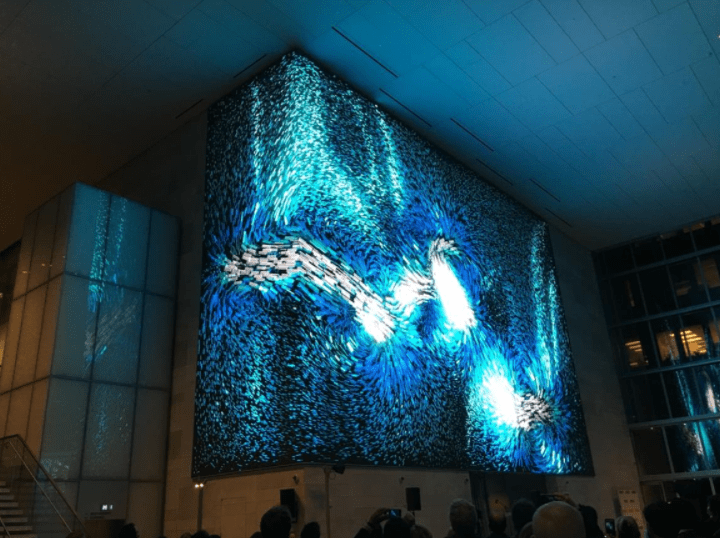In case you missed it see what’s in this section
We recommend
You have many options for creating a video wall. In an article, Andy Clipsham, senior product manager of global market solutions at Christie stated that there are many technologies that can be used to make a video wall. These include tiled or discrete LCD flat panels, rear-projection cubes, and LED tiles projectors. Design flexibility, ease-of-installation, image quality, ambient lighting tolerance, reliability, cost, and cost are all key considerations in selecting the right technology for any given installation.
Before companies make a decision on whether to use LED or LCD, they should examine the hardware, software, and cost.
Hardware

According to Brian McClimans (Vice President of Sales, Americas, APAC, Peerless-AV), LCD display hardware is much simpler than LED displays. Customers usually only need to choose how big they want their image. Customers can then add additional LCD displays to make the video wall (LED video wall, including) as large as they need. Direct view LED requires more thought.
First, decide on the resolution of the image you want. McClimans explained in an email interview that most LED panels won't scale. The resolution is determined by the number of pixels. With the introduction of slim-pitch LED cabinets, form factors don't need to be nearly as large. Once the resolution has been determined, it is possible to determine the size of the deployment.
Keep in mind how far customers are likely to view the display. You will need a smaller pixel pitch if customers are close to the display.
Software

In order to integrate LCD displays, integrators typically just need to choose a media player. Integrators can choose one with the correct number of outputs to make a video wall. One can be plugged into a video wall processor or plugged into a wall with displays that daisy-chain content.
The LED software is identical, but there is one important difference. All cabinets must plug into the video encoder/player directly, or all cabinets must be daisy-chained together.
McClimans stated that most cabinets will connect via a traditional data cable (i.e. cat5e/cat6). McClimans added that there is often additional information on cabinets in a deployment.
Price

Direct view LEDs are most often limited by cost.
Direct View LED displays will see a decrease in prices, but they still cost more than LCDs. McClimans stated that LED will continue to be the most expensive option for the project. However, the variables involved in the project will impact your total cost.
However, cost alone is not enough to determine the outcome. It is important to analyze the particular situation.
Scenario

Consider a range of factors, including viewing distance, environment, and mounting hardware, as well as the content. McClimans claims that LCD displays can be used at short distances to display clear images, text, and videos. An LCD video wall's bezels are visible more than an LED display.
Because they are more sensitive to ambient lighting than LCD displays, LED displays might also be better for outdoor applications.
McClimans stated that there is no right or wrong choice between LED and LCD displays for a direct-viewing video wall. However, McClimans pointed out key factors to consider when making a decision.
In case you missed it see what’s in this section
Listings